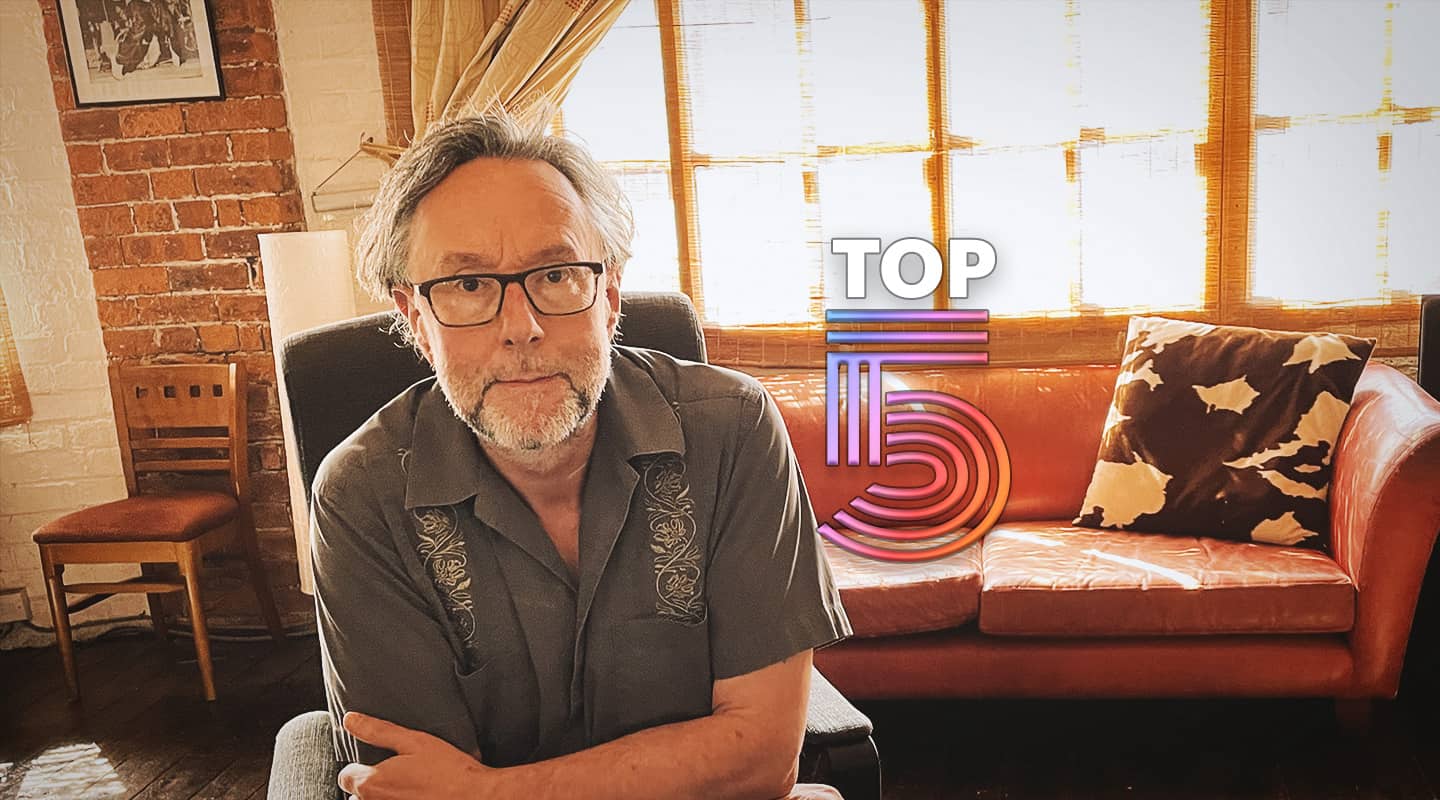
Top 5: Colin Elliot
Sheffield-based producer, musician, arranger and programmer Colin Elliot has worked with artists such as Kylie Minogue, Self Esteem, Jarvis Cocker, Paul Weller, Slow Club, Cherry Ghost, Tony Christie, and Richard Hawley. Here Elliot selects and discusses his five essential studio tools.
By Joe Matera
19 June 2023

Calrec RQD 6400
This is a lesser-known compressor which was used widely by the BBC for broadcasting. I track through it more than I mix through it, and it’s the most transparent thing I’ve ever come across. You don’t know it’s there, yet somehow it just gives quality and control to everything — tracking through it seems to make life a lot easier when it comes time to mix.
More frequently these days people are doing recordings remotely and then sending them to me. They’ll send me a vocal that they’ve recorded without compression, so I’ll run it through the Calrec and back into the computer. I’ll then do my mix and put another compression — such as the LA2A — on top of it with, but this is more like compression as FX. I’ve had it 25 years and it’s just one of those things that I can’t really do without. If it was easier to remove from the patchbay, I’d take it on the road with me.
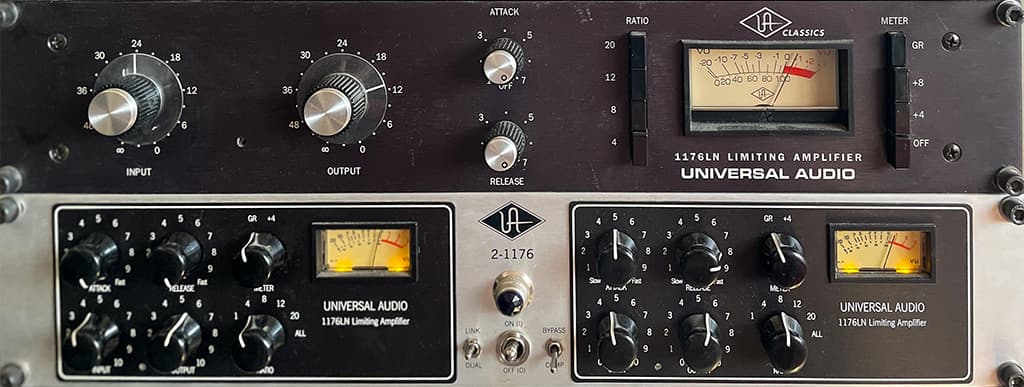
Universal Audio 1176
I have two of these. I’ve got have the black-face mono version, and the stereo one — the 1176-2. And again, nothing else sounds like them. My favourite use is on drums. I’ll combine the top and bottom snare mics through the mono one, and mix the overheads and ambient room mics into the stereo one. I like to crank it all the way up, in terms of attack and release. Setting these as fast as possible gets that crunchy squared-off distortion at the end as it tries to release faster than it’s able.
I’ve never found anything that handles drums quite the same way. It’s also great for bringing out the ambience of the room. I must admit that the UAD plugins are pretty good these days, but I still prefer to use hardware whenever I can.
AMEK Angela
This is a British desk, made in the north of England. It was designed by Graham Langley, and mine is from 1988. It originally lived in another studio in Sheffield where I had been working quite a bit. When they moved to a Neve desk we jumped at the opportunity and grabbed it from them.
It has quite a crisp, lively sound to it, and the EQ is just phenomenal. It has four frequencies for each of the low and high shelves — with a massive sweep from 60Hz to almost 5k on the low-mids, and 300Hz to 18K on the high-mids. It’s really versatile, and great as a shaping EQ. You can put a bell shape — winding in 18K on the high-mid sweep — and then you can use your top shelf which will do 5/10/15. The mic pres are really good too, clean and quiet.
I still prefer mixing on the board rather than in-the-box, and as such it’s brought a lot of life to the work I’ve done. As the world changes I find myself working more in fits and starts, so mixing in-the-box is the most practical approach. However, when I’m doing an album start to finish it’s great to have it all out on the board as it’s much easier to visualise the mix as a whole.
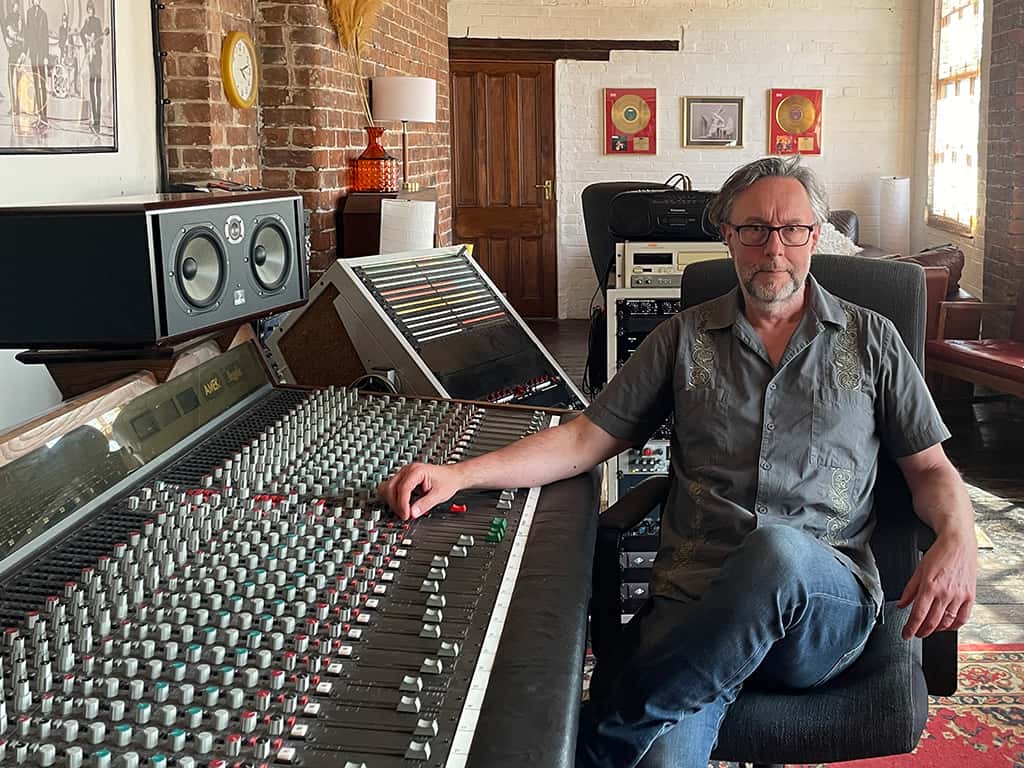
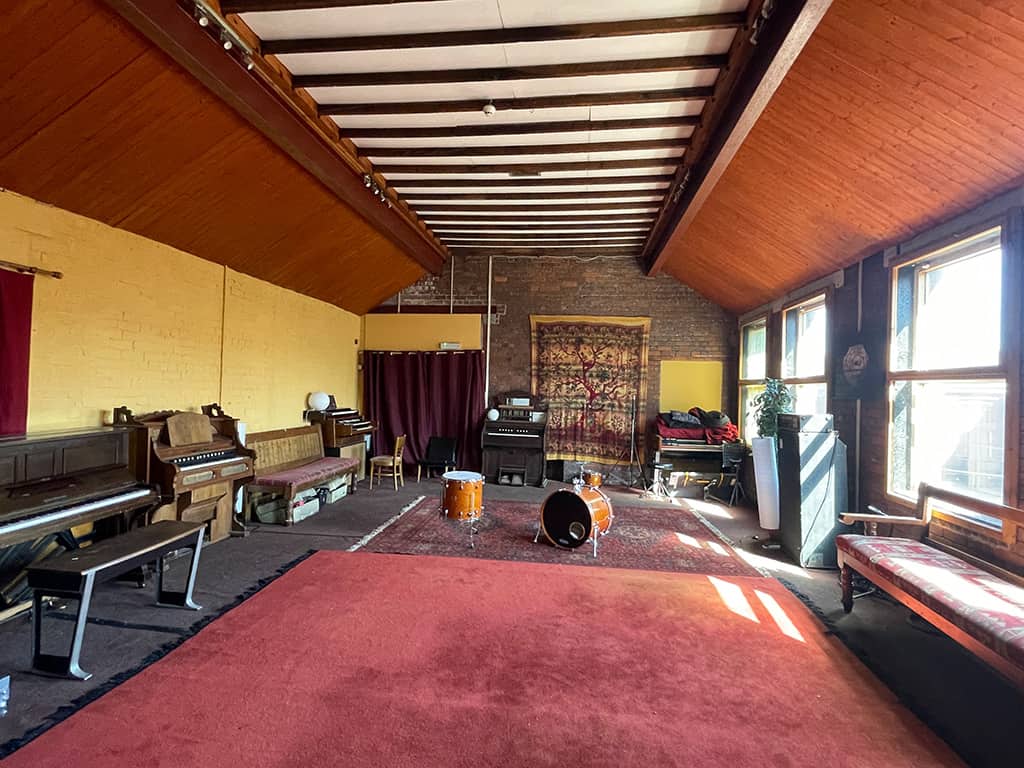
Yellow Arch Studios - Live Room
My business partner, Andy Cook, and I were working together around 1995, and we were looking for new a premises so that we could combine my old studio with his rehearsal room. We came across this place that was located in an industrial part of Sheffield. When we walked in the first thing we saw was this room — now the ‘live room’ — and thought, ‘Oh, wow, that’s pretty good!’ We divided it up, putting a control room wall in so now we’ve got a big control room, and a great live room.
The ‘live room’ is rectangular, and there are parallel walls so it really shouldn’t work. It also has a lot of brick, a high vaulted-ceiling, and big windows (with lots of natural light), but it just sounds amazing. When musicians come in and start playing they’ll immediately say, ‘Oh, great room!’ It gives back just enough without adding the wrong stuff.
Whenever I’ve been to other studios with treated live rooms I’m often disappointed, especially with the drum sound.
You know, you back the mics off trying to dial in the room sound for some ambience, and it just sounds the same as the close mics. There’s no character — it’s too controlled. In the Yellow Arch ‘live room’ I very rarely screen things off. I’ll use room mics on guitar amps to create a stereo picture, and sometimes get singers to back way off the mic. When I record percussion I nearly always have the mic set to omni so that I can hear the room.
EastWest / Quantum Leap Symphonic Orchestra
A lot of my work involves arranging strings. I’m now spending almost half of my time working as a string and orchestral arranger — most of my production work will still require arrangements of some description. As such, I’ve looked into a few orchestral libraries but for me nothing else does what the East West sample library does.
If I’m mocking up some strings that will be later performed by an actual orchestra I’ll use the East West Library. It sounds really full, and you can get it sounding pretty close to the desired final outcome. You can make it sound like a huge orchestra, or you can even go down to a quartet. Because I know it so well, I’ll always go straight for the East West stuff to create my mockups, and then we’ll get the string players in which completely brings the samples to life.
What I’ve been doing lately is working with a live quartet and capturing their parts as the string section’s ‘lead’, and then flesh out those sections with East West content. This means that you can quickly get all the phrasing and bowing from the live quartet whilst still having the fullness of sample library behind them. I can achieve a pretty convincing symphony orchestra with only four people. Even with a live eight- or twelve-piece string section I’ll likely still add in some East West material — especially double basses and the wider orchestral sections. I’ll then make a blend of the two as this offers better control over whether the mix is focussed on the raw, intimate sound of the live instruments, or the full sound of the sampled orchestra.
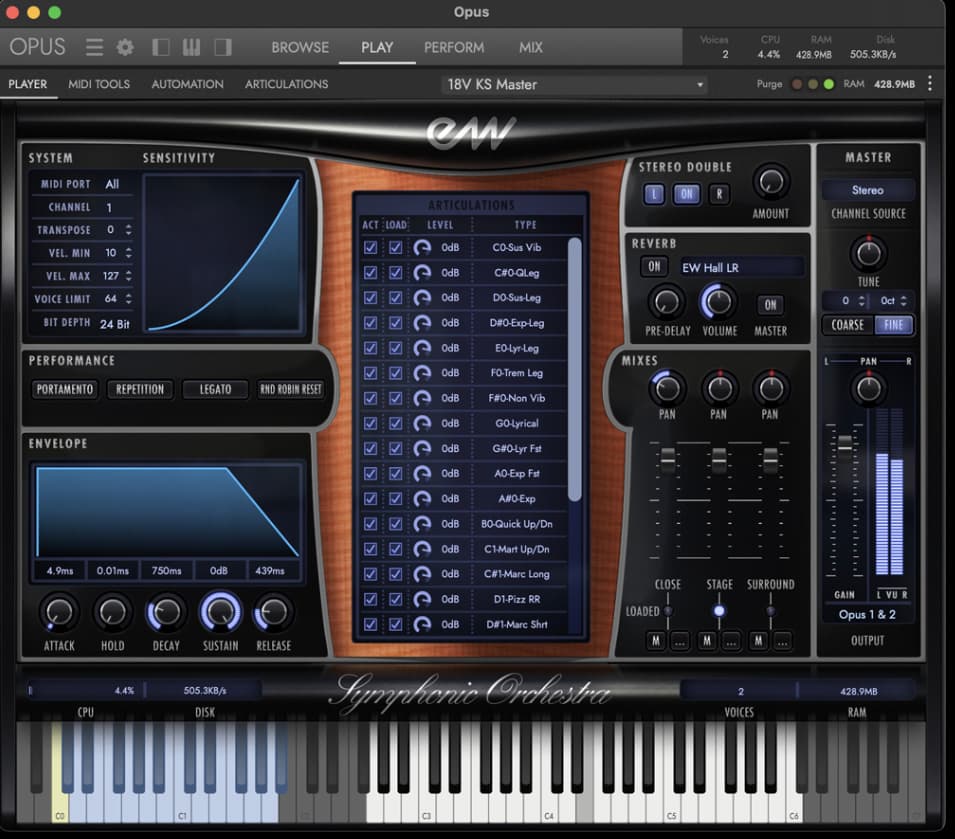














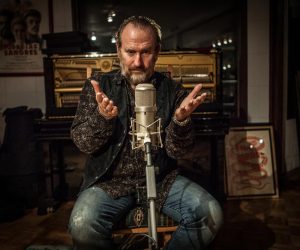

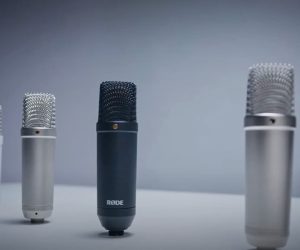




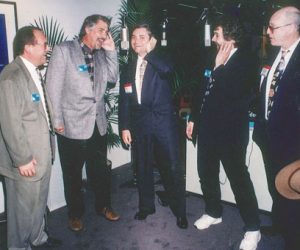
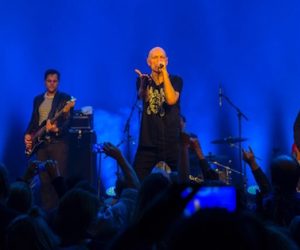
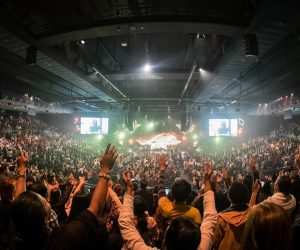



RESPONSES